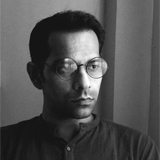Indra Dugar: Indra Dugar reimagined the landscape of Indian art- GetBengal story
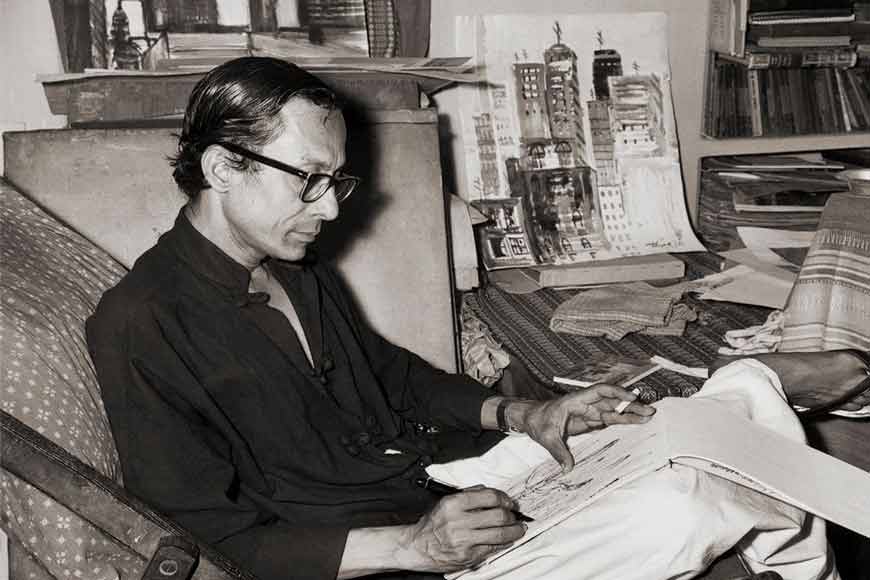
Before the British took over, Murshidabad was the capital of Bengal. During Murshid Quli Khan’s rule (1717–1727), the twin towns (Jiaganj) on the east bank and Azimganj, located on the west bank of the Bhagirathi River, were important trading centres. Since the 18th century, Murshidabad has become the economic centre of Bengal, attracting traders and merchants from different parts of the country and Rajasthani bankers. They all migrated to Murshidabad, seeking new fortunes. Drawn by the promise of trade and banking, several families settled in the twin towns of Jiaganj and Azimganj, which became the nucleus of the Murshidabad Jain community, or Murshidabad Sangh. Prominent among these are the Nahar, the Doodhoria, and the Nowlakha families. It was also during this time that the Dugar family came to Jiaganj from Rajasthan and settled here. Indra Dugar, the versatile self-taught artist, was born into the family in 1918.
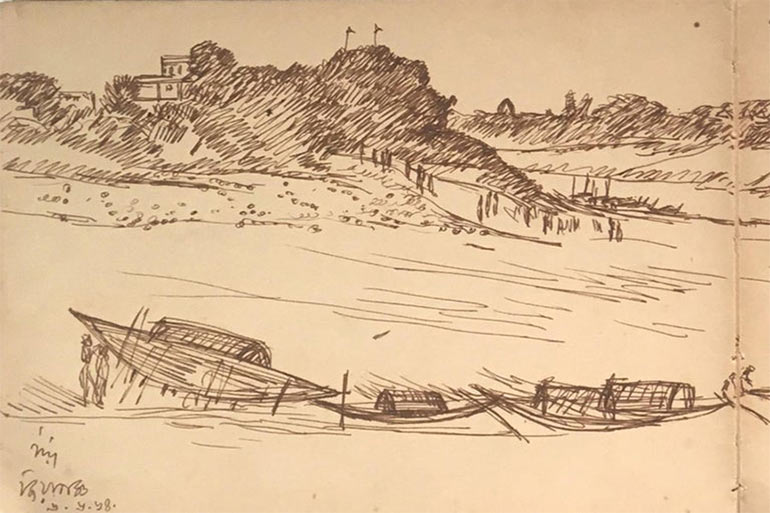
Indra Dugar’s foray into the world of art is an interesting tale. Despite hailing from a traditional Jain business family, Dugar turned to art because of his grandfather and father. Indra's grandfather, Surajmal, aside from being a businessman, also had a penchant for Rajasthani miniature paintings, Jain paintings, and Haveli or palace paintings. His passion for fine arts made him take a decisive role in his son’s education. At the age of 16, he admitted his son, Heerachand Dugar, to the Government College of Art and Craft (GCAC) in Calcutta.
Heerach completed his course at GCAC and continued to hone his skills in company-style art under Ishwari Prasad Verma, a deft and very popular artist of the period. This was around 1921, when the Bard of Bengal, Rabindranath Tagore, established Visva Bharati. Artist Asit Kumar Halder took charge of Kala Bhavana. However, shortly after, he left Kala Bhavana to join the Jaipur Maharaja Art School.
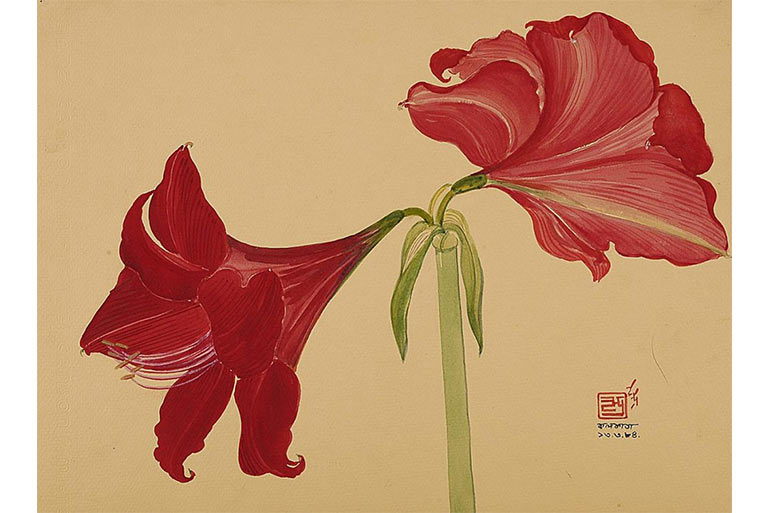
It was mainly due to Nandalal Bose’s insistence that Heerachand move to Santiniketan after completing his studies in Calcutta to join Kala Bhavana. Heerachand was among the very first batch of students at Kala Bhavana. He developed his own style under the guidance of Acharya Nandalal Bose. Bose was also undertaking his creative sojourn, experimenting with gouache, tempera, large frescoes, and murals. After completing his studies at Kala Bhavana, Heerachand’s father recalled him and reminded him to change tracks and take over the reins of the family business. But Heerachand’s passion for art was intense, and his commitment was lifelong. Whenever he could manage some spare time, he would take his son Indra to Santiniketan to meet his guru and mentor, Nandalal Bose.
Indra Dugar was very fortunate because, since childhood, he had the opportunity to spend a considerable time of his life in Kala Bhavana, where he could observe from close quarters how highly accomplished and gifted artists worked. He was always forthright and gave full credit to his father Heerachand, his mentor Nadalal Bose, and the unique environment of Kala Bhavana that created and nurtured his artistic sensibilities. He was never a formal student of Kala Bhavana. That was a boon for him because it did not pin him down to follow any particular style of art. He had the full freedom to explore various genres of art. The absence of academic training gave Dugar’s art an individuality that distinguished him from other artists in Kala Bhavana. Like his father, Indra Dugar also preferred to work in translucent watercolours.
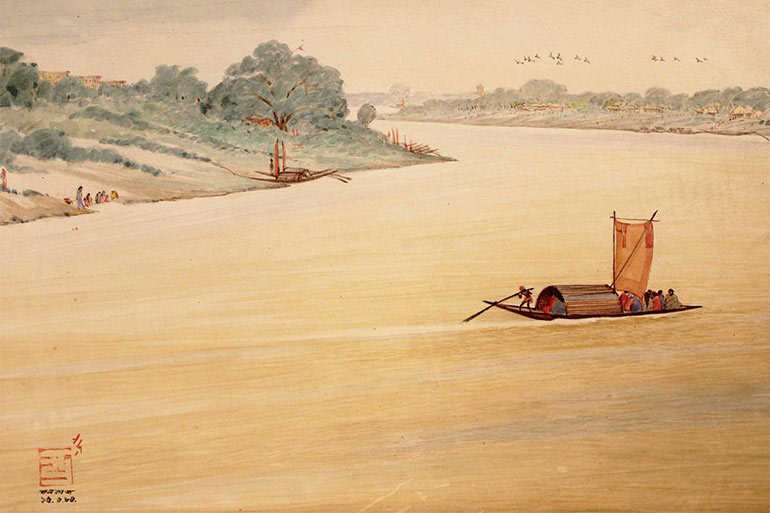
Initially, oil painting was Indra’s preferred medium and his forte, but when ‘Mastermoshai’ (teacher) Nandalal Bose instructed him to focus on water colour, he instantly followed his ‘guru’s advice and started working with water colour. He had the utmost respect and faith in ‘Mastermoshai’ and considered every word he uttered to be infallible. Eminent art critic Dwijendra Maitra once wrote in this context, 'Once in his youth, Indra wished to travel to Europe. When he revealed his desire to Nandalal, the master asked Indra, “Have you seen Ajanta or the Jain shrine of Shravana Belgol?” When Indra expressed his ignorance, Nandalal advised him to first explore and know his country well before planning to go abroad.
Following his mentor’s advice, Indra cancelled his trip to Europe. Although he was never a student at Kala Bhavana, the institution had impacted him deeply. In fact, many people assumed he was Nandalal Bose's student at Kala Bhavana after witnessing his work at the Ramgarh National Congress pavilion in 1939.
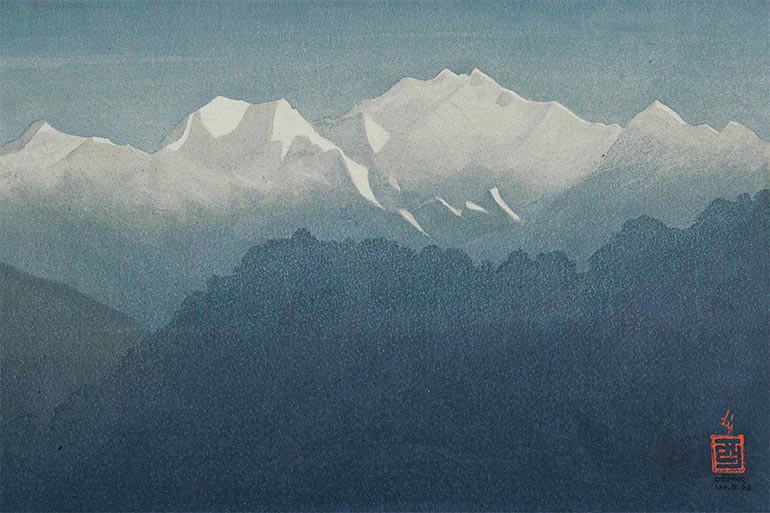
Indra Dugal never had any formal training in art from any institution, but he captured the very essence of art from the works of two stalwart artists, Abanindranath Tagore and Nandalal Bose. Their influence is evident in his artwork. Indra’s foray into the world of art began by drawing portraits of servants and acquaintances. He then graduated to paint portraits of renowned personalities from different spheres of life.
He would recall how, once eminent educationist Pundit Madanmohan Malvya arrived in the city for a meeting, Indra reached the venue with his drawing tools and managed to get a front-row seat. He began painting Pundit Ji’s portrait and was soon engrossed in his work. He was not aware that a senior government official was standing right behind him, watching him draw. As soon as he finished the portrait, the official came forward and escorted him to Punditji, along with the picture. Malvya was very pleased with the painting and autographed the portrait. Indra continued drawing portraits of celebrated personalities.
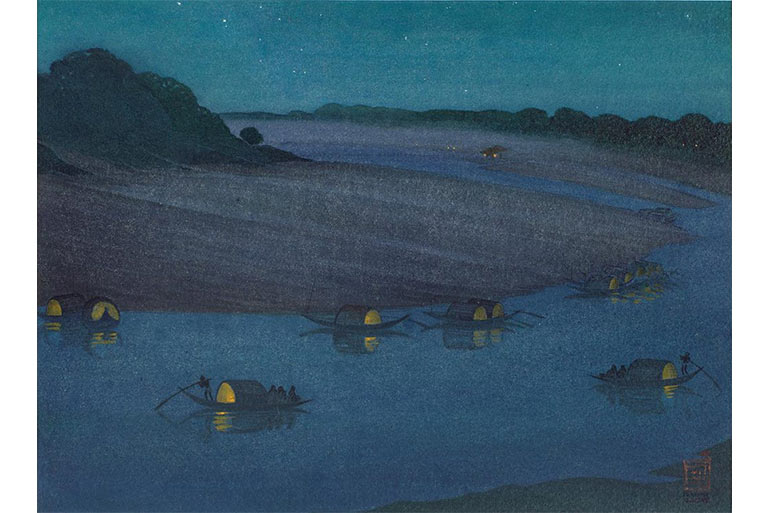
While he experimented with several mediums, Indra Dugar's strength lay in executing delicate landscapes in watercolour. His mature works established him as one of the finest landscape painters in India. Progressively reducing naturalistic details in his paintings, he instinctively retained colour harmony for expressing serenity in nature.
Of course, Indra Dugar's best paintings are almost all portraits. There is no doubt that he was one of the foremost landscape painters of his time. The artist never tried to subvert the real world. He rearranged it using his artistic sense.
In each of his paintings, Indra Dugar gently leads his viewers through a path he creates. From that perspective, it becomes easier to explore and interpret his work. However, despite following the Indian art style all his life, the influence of Japanese landscape paintings is evident in several works like Mist and Mountains (1961), Dispersing Gloom (1965), View of Nilgiri Hills from Doddabetta (1965), and A Pair of Lilies (1984).
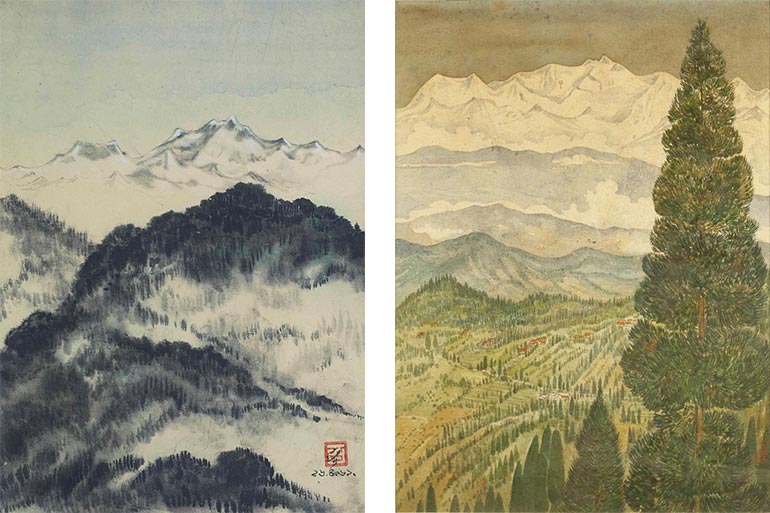
A glance at Japanese landscape paintings and ink paintings (Sumi-e) reveals Dugar's fascination. He was inspired by the Japanese Hanko signatures.
Indra Dugar was a self-taught artist who followed the advice of stalwarts and adopted his own artistic philosophy. He established himself as one of India's greatest landscape painters, but Dugar, the man, chose to remain in the shadows.
References - Culture of West Bengal,.
Ajanta- Asit Kumar Halder.
Ajanta and others in unpublished
Sketches – Indra Dugar.
Image: Christie's, DAG, Artsy







